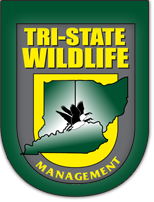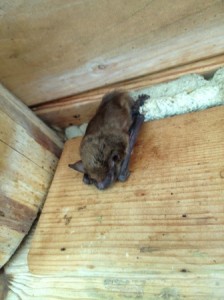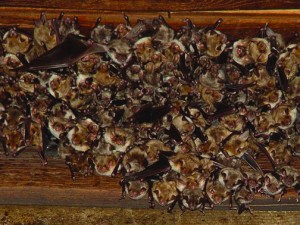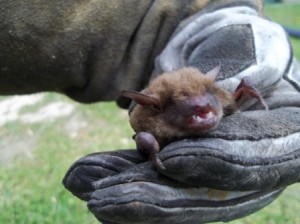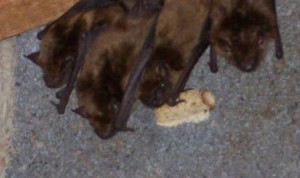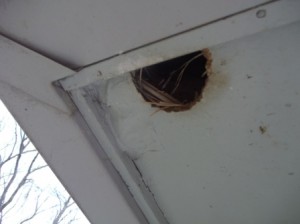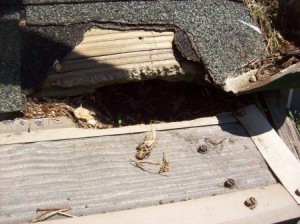Tri-State Wildlife Management – Protecting You, Your Property, and Your Investment
Canada geese are the leading nuisance bird for lakes, parks, golf courses, businesses and homes in close proximity to water.
Are you having a Canada goose problem? Are goose dropping causing an unsightly, unsanitary mess? Are geese nesting near walkways or other inconvenient places? Are geese acting aggressive or even attacking people? These scenarios are all very typical for this time of year. Canada geese in Ohio are currently nesting, and oftentimes in places with a lot of human traffic. Combine that with their aggressive nesting behavior, and you have a problem. The last thing you want is for someone to get injured on property that you own or manage, so take care of the situation sooner rather than later. Tri-State Wildlife Management offers Canada goose control, including aggressive goose removal, roundups, K-9 discouragement, harassment, and nest and egg manipulation.
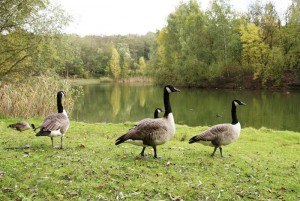
Ohio Canada Geese
Resident Canada geese are difficult to remove. By definition, Canada geese are not classified as pest birds and are afforded protection by federal & state agencies. Nonetheless, Canada geese are increasingly becoming the scourge of suburbia as their numbers have grown in the past decade from only a few thousand to hundreds of thousands of these birds. In fact, the familiar V shaped squadron of honking geese heading south is becoming a rare sight. Country clubs, business parks and community living environments offer pristine, manicured lawns and ponds providing an ideal habitat that effectively modifies their migration cycle. Geese are very opportunistic and easily exploit the new “easy living” conditions found in urban environments. Aesthetic damage to suburban lawns, parks, etc., is incalculable. Geese are also a health hazard – fouling green spaces, lawns and ponds.
Canada geese, much like the well-known homing pigeon, have a built-in mechanism that enables them to find their way back to the exact spot they were hatched. This imprinting creates long-term issues. These habitual geese will return year after year to nest, thus drastically increasing the goose population. Only a well-executed Integrated Management Plan (IMP) can break the cycle and eliminate your goose problem.
Canada geese are protected under the Migratory Bird Treaty Act. In many cases, handling and management of Canada geese requires depredation permits. A site may also need to be registered in a Nest Destruction Program with the United States Fish and Wildlife Services. As part of the IMP, Tri-State Wildlife Management works with our customers to process this information correctly and expediently.
If your home, property, or town has become subject to a Canada goose infestation, or simply a nesting pair, don’t delay, call Tri-State Wildlife Management before it gets any worse. Tri-State Wildlife Management is a full service bird control specialist and will help rid your property of any pesky, winged intruders.
To have your Canada goose problem taken care of sooner rather than later, call us today! Put our experience and expertise to work for you!
Tri-State Wildlife Management is fully insured, and we stand behind all of our work.
